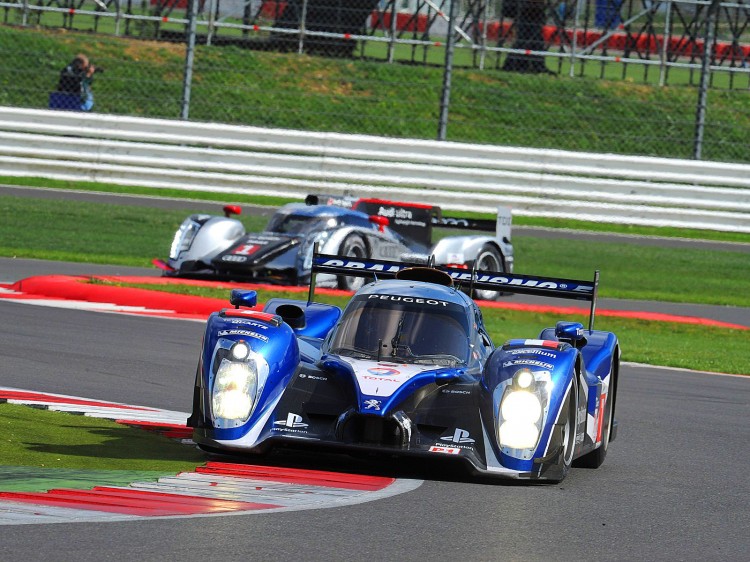The American Le Mans Series introduced a unique multi-platform media package for 2011, and took a lot of heat from fans and teams about it.
ALMS Media Package Paying Off
The new ALMS media plan is delivering more TV viewers while satisfying hardcore fans with live internet coverage.
|Updated:





